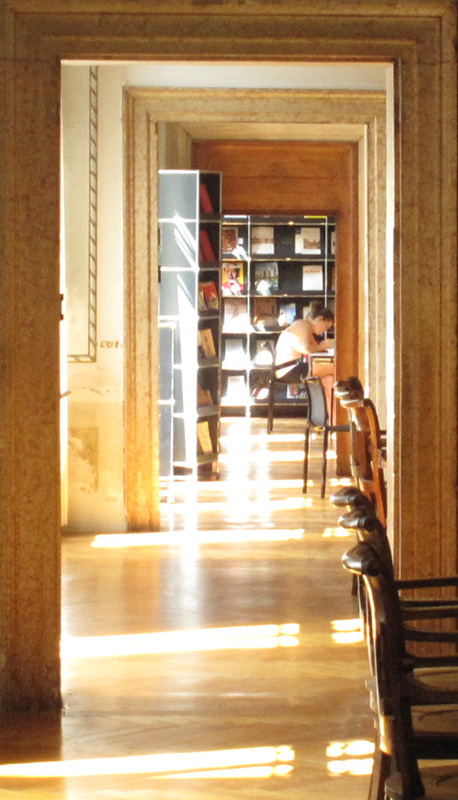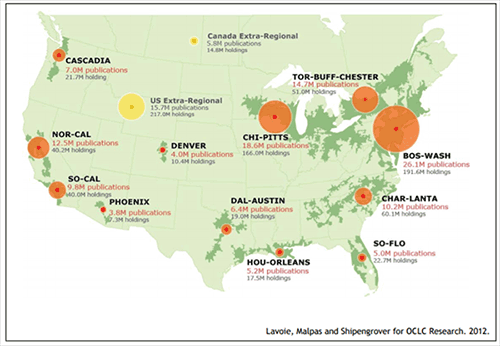Tag: research libraries
The hidden treasures in Italian Libraries

David Laskin’s article in yesterday’s New York Times gave a delectable overview of some of Italy’s historical libraries as not only keepers of intellectual treasures but as physical spaces to carry out research. While web portals such as Europeana or Internet Culturale are bringing us closer to Europe’s rare books and primary resources, conducting archival research in renaissance libraries such as the Biblioteca Nazionale Marciana in Venice, the Biblioteca Vallicelliana in Rome, or the Biblioteca Medicea Laurenziana designed by Michelangelo in Florence will never be completely replicated online.
UC Berkeley may not have paintings by Titian or Veronese decorating its reading rooms, but it is home to one of the most significant Italian collections on the West Coast with medieval manuscripts, incunabula, and early modern works in The Bancroft Library, and an extraordinary collection of 19th and 20th century Italian books and journal runs in the Main Stacks. The Library collects in all divisions of Italian history and literature, from the medieval and renaissance periods to the present. For the 20th and 21st centuries, the collection tends to focus more heavily on new literature(s), literary and cultural theory, cinema, historiography, Italian colonial presence in Africa, national and regional identity politics, and comparative studies with other Romance traditions. The Art History/Classics Library in Doe, the Hargrove Music Library, and the Environmental Design Library are all places on campus where the Italian collection continues to thrive.

North American mega-regional print book collections
This map from a 2012 report titled Print Management at “Mega-scale”: A Regional Perspective on Print Book Collections in North America indirectly relates to books and journals in the Romance languages but I thought it might be educational to share since so much of our daily cooperative collection building decisions fit into this framework. It visualizes how shared research library collections coincide with the emergence of mega-regions, or geographical regions defined on the basis of economic integration and other forms of interdependence. For those of us who work in the library, it reinforces the role that research libraries like UCB, UCD, UCSC and Stanford play at the national level and how paramount it is for us to continue to strive together for robust and comprehensive regional collections so that we can support the current and future research and teaching needs at one another’s campuses and beyond.
